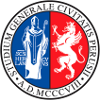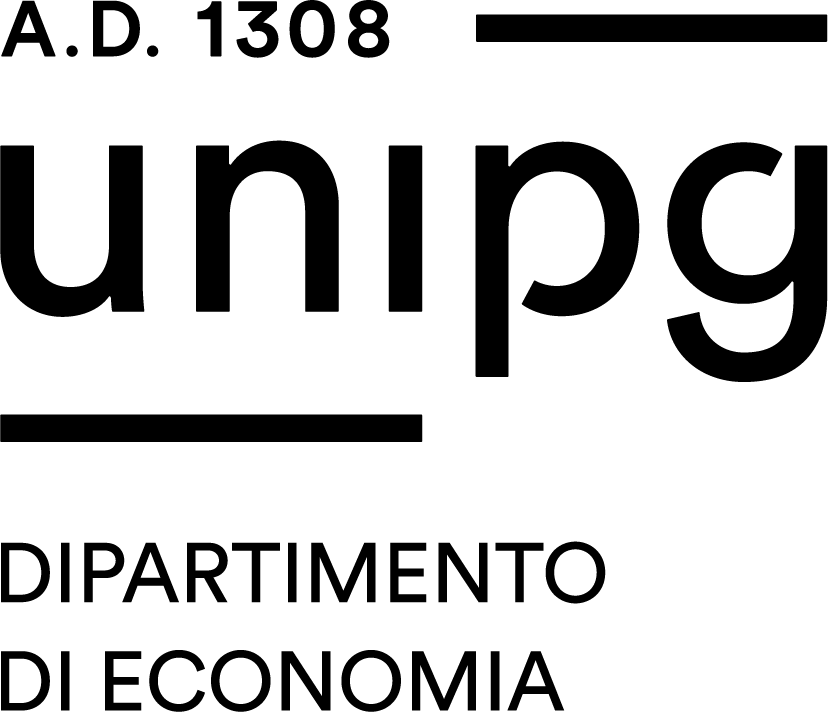Study-unit MECHANICAL AND THERMAL MEASUREMENTS
| Course name | Mechanical engineering |
|---|---|
| Study-unit Code | 70091506 |
| Curriculum | Comune a tutti i curricula |
| Lecturer | Roberto Marsili |
| Lecturers |
|
| Hours |
|
| CFU | 6 |
| Course Regulation | Coorte 2023 |
| Supplied | 2025/26 |
| Learning activities | Caratterizzante |
| Area | Ingegneria meccanica |
| Sector | ING-IND/12 |
| Type of study-unit | Obbligatorio (Required) |
| Type of learning activities | Attività formativa monodisciplinare |
| Language of instruction | Italian |
| Contents | The course provides the basic skills necessary for the design, use, and management of measurement chains for detecting mechanical and thermal quantities. The main topics include: fundamentals of the concept of measurement; application of measuring instruments in various fields, particularly in control systems; the concept of measurement and uncertainty; configuration of a measuring instrument; functional block diagrams. Characteristics of measurement chains and signal analysis. Static calibration and static characteristics of an instrument: uncertainty, sensitivity, linearity, repeatability, threshold, resolution, hysteresis, dead zone, scale readability, input impedance; uncertainty in indirect measurements; dynamic characteristics, generalized mathematical model of a measuring system; zero-order, first-order, and second-order instruments; response to canonical inputs; response of a general instrument model to periodic inputs; response of a general instrument model to transient inputs; basics of analog and digital signal analysis, spectra, correlations, transfer functions; main electrical and electronic components of measurement chains for data manipulation, transmission, acquisition, processing, and presentation. Classical systems for mechanical and thermal measurements. Classical systems for measuring lengths, displacements, deformations, solid-body velocities (translation and rotation), fluid velocities, accelerations, flow rates, forces, pressure, acoustic noise, heat fluxes, and temperature. For each physical quantity, the standards, static and dynamic calibration methods, and applicable instruments are studied; for all instruments, the operating principle is described, performance is critically assessed, fields of application are outlined, selection criteria are provided, and methods for interpreting the obtained experimental data are presented. |
| Reference texts | E. O. Doebelin, Strumenti e metodi di misura, Ed. Mc Graw-Hill. Gianluca Rossi, Misure meccaniche e termiche, basi teoriche e principali sensori e strumenti ISBN 9788843053612 Norma UNI 4546 misure e strumentazioni; Norma UNI-CEI 13005 Guida all'espressione dell' incertezza di misura; Norma CNR-UNI 10003 Sistema Internazionale di unità (SI) |
| Educational objectives | Understanding the mode of operation and specifications of instrumentation for measurement and control of mechanical and thermal systems. evaluate the measurement uncertainty and its main causes in applications. |
| Prerequisites | In order to be able to understand end apply the majority of the techniques described within the Course, you must have successfully passed the Analisi 1 e 2, Informatica, Fisica, Elettrotecnica, Fondamenti Di Meccanica delle Strutture. Moreover, other topics matter of the module require the ability to so/ve simple integrals, differential equations, Taylor and Fourier series and to develop functions of two variables in series. Knowledge of these techniques represents a mandatory prerequisite for students planning to follow this course with profit. |
| Teaching methods | The course is organized as follows: lectures on ali subjects of the course; Laboratory exercises |
| Other information | Although formally optional, attendance is recommended. Students are freely encouraged to register using the form: https://docs.google.com/forms/d/1V2yv8-OzO3D2C_Ta3wf8-2y7VZkLdwJ0_xAq208ic5Q/ To provide their contact details for possible quick communications regarding lectures or exams, as well as to register on the UNISUDIUM platform to access the course’s teaching materials. https://www.unistudium.unipg.it/unistudium/ All course materials can be downloaded from the website indicated above. In case of difficulties (regarding the detailed course syllabus or for consultations), please contact the instructor by email at roberto.marsili@unipg.it, specifying your first name, last name, enrolled course, and degree program. |
| Learning verification modality | The exam includes an oral and/or written test. The oral exam consists of a discussion lasting approximately 45 minutes, aimed at assessing the student's level of knowledge and understanding of the theoretical and methodological content outlined in the syllabus. The oral exam will also evaluate the student's ability to communicate using appropriate language and to organize their presentation of theoretical topics independently. The written exam consists of multiple-choice questions. It has a maximum duration of 60 minutes and is designed to assess the student's ability to correctly apply theoretical knowledge, understand the proposed problems, and communicate effectively in written form. |
| Extended program | Fundamentals of the Concept of Measurement. Application of measuring instruments in various fields, particularly in control systems; the concept of measurement and uncertainty; configuration of a measuring instrument; functional block diagrams; examples. Characteristics of Measurement Chains and Signal Analysis. Static calibration and static characteristics of an instrument: uncertainty, sensitivity, linearity, repeatability, threshold, resolution, hysteresis, dead zone, scale readability, input impedance; uncertainty in indirect measurements; dynamic characteristics; generalized mathematical model of a measuring system; zero-order, first-order, and second-order instruments; response to canonical inputs; response of a general instrument model to periodic inputs; response of a general instrument model to transient inputs; elements of analog and digital signal analysis: spectra, correlations, transfer functions; main electrical and electronic components of measurement chains for data manipulation, transmission, acquisition, processing, and presentation. Classical Systems for Mechanical and Thermal Measurements. Classical systems for measuring length, displacement, strain, velocity of solids (translation and rotation), fluid velocity, acceleration, flow rate, force, pressure, acoustic noise, heat flux, and temperature. For each physical quantity, reference standards, static and dynamic calibration methods, and applicable instruments are studied. For all instruments, the operating principle is described, performance is critically evaluated, fields of application are identified, selection criteria are provided, and methods for interpreting the experimental data obtained are presented. Laboratory Practical exercises involving the calibration and/or use of displacement transducers, strain gauges, accelerometers, pressure sensors and microphones, load cells, flow meters, anemometers, thermocouples and resistance temperature detectors (RTDs), oscilloscopes, spectrum analyzers, and data acquisition systems on personal computers. |
| Obiettivi Agenda 2030 per lo sviluppo sostenibile | Goal 4: Quality Education Goal 9: Industry, Innovation and Infrastructure |


